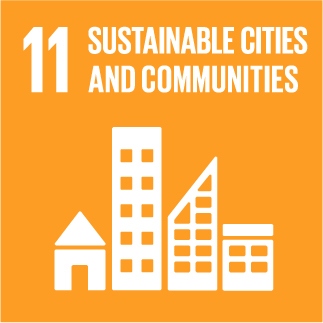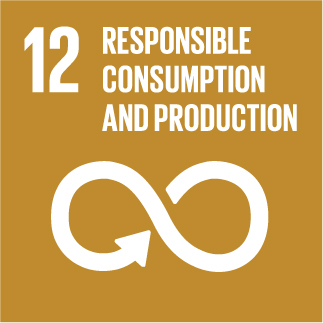URBANREC
Bridging the Gaps for a ‘Circular’ Bioeconomy: Selection Criteria, Bio-Based Value Chain and Stakeholder Mapping
Bio-products and bio-based value chains have been identified as one of the most promising pathways to attaining a resource-efficient circular economy. Such a “valorization and value-addition” approach incorporates an intricate network of processes and actors, contributing to socio-economic growth, environmental benefits and technological advances. In the present age of limited time and funding models to achieve ambitious sustainable development targets, whilst mitigating climate change, a systematic approach employing two-tier multi-criteria decision analysis (MCDA) can be useful in supporting the identification of promising bio-based value chains, that are significant to the EU plans for the bio-economy. Their identification is followed by an elaborate mapping of their value chains to visualize/foresee the strengths, weaknesses, opportunities and challenges attributable to those bio-based value chains. To demonstrate this methodology, a systematic review of 12 bio-based value chains, prevalent in the EU, sourcing their starting material from biomass and bio-waste, has been undertaken. The selected value chains are mapped to visualize the linkages and interactions between the different stages, chain actors, employed conversion routes, product application and existing/potential end-of-life options. This approach will help chain-actors, particularly investors and policy-makers, understand the complexities of such multi-actor systems and make informed decisions.

» Author: Kadambari Lokesh
» Reference: doi: 10.3390/su10061695
» Publication Date: 23/05/0018
» More Information

This project has received funding from the European Union's Horizon 2020 research and innovation program under grant agreement Nº 690103




URBANREC Guidelines by URBANREC Consortium is licensed under a Creative Commons Reconocimiento-NonComercial-NoDerivatives 4.0 Internacional License.
Puede hallar permisos más allá de los concedidos con esta licencia en www.aimplas.net
